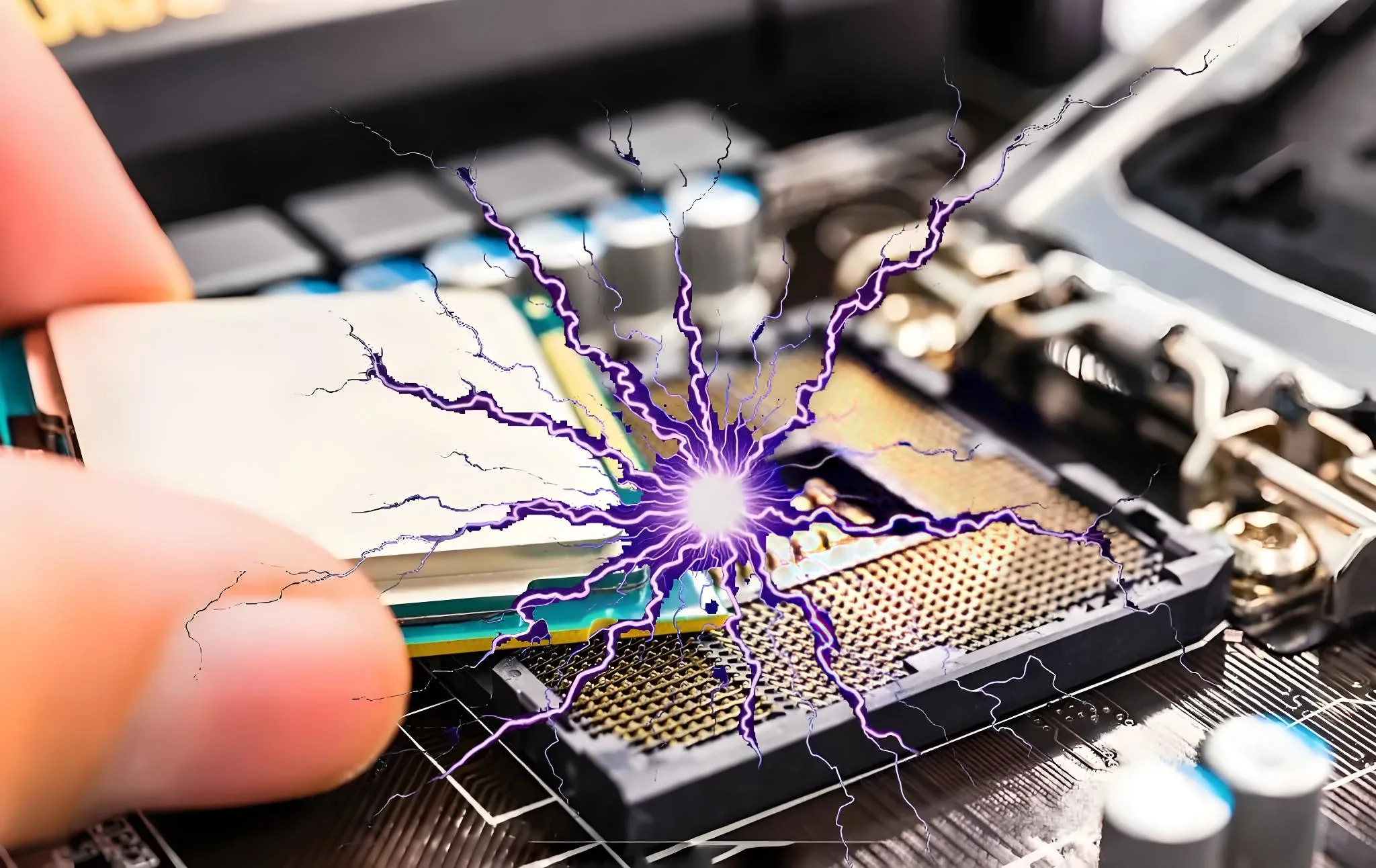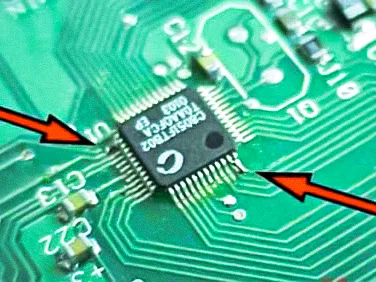ESD: The “Invisible Killer” in Electronics Manufacturing

The research by the American ESD Association shows that the global electronics industry suffers economic losses of up to $9 billion annually due to electrostatic discharge. Data from the Japan Industrial Technology Research Institute further reveals that in cases of semiconductor device failure, ESD-related malfunctions account for 27%-33%. As the largest source of static electricity, the human body can generate a static voltage as high as 35kV (Formula: V=Q/C, when the human body capacitance is approximately 100pF, a charge of 1μC can produce an electric potential difference of 10kV).
Three-Stage Prevention and Control System for Human Body Static Electricity
- First Line of Defense: Work clothing and footwear system (surface resistance: )
- Second Line of Defense: Wrist strap grounding system (discharge current , time constant )
- Third Line of Defense: Environmental control system (EPA area humidity: 40%-60% RH)

A case study from a Japanese enterprise demonstrated that after implementing these three-level protections, the ESD damage rate of IC devices decreased from 0.12% to 0.003%. Key control parameters adhered to include maintaining the total grounding resistance within the range of .
Innovations in Smart Monitoring Systems
The latest ESD wristband alarms utilize RFID technology, triggering audiovisual alerts if an operator moves more than 1.5 meters away from their workstation. Data from a U.S.-based enterprise showed that this technology reduced human error-induced ESD incidents by 83%.
Quality Awareness: The Life-and-Death Battle Over Four Decimal Places
According to the IPC-A-610H standard, Class 3 electronic products require a solder wetting angle and a solder thickness . However, seemingly minor deviations in actual production can trigger cascading failures:
| Defect Type | Allowable Standard (Class 3) | Increase in Failure Probability |
|---|---|---|
| Cold Solder Joint | 0% | 100% |
| Solder Ball | Diameter | 300% |
| Offset | of Pad Width | 450% |

A classic case involved an automotive electronics factory where a 0.02 mm deviation in solder paste printing caused an open circuit in the ECU module during low-temperature testing at -40°C, ultimately leading to the recall of 120,000 vehicles and losses exceeding $230 million.
System Certification: The “Genetic Code” of Manufacturing Enterprises
3.1 Quantum Leap in IATF 16949
SPC control requirements in the automotive electronics industry follow the formula:
3.2 The Butterfly Effect in Environmental Management
| Category | Treatment Efficiency | Cost Coefficient |
|---|---|---|
| Tin Dross Recycling | 92% | 0.8 |
| Waste Solvent Distillation and Regeneration | 85% | 1.2 |
| PCB Scrap Crushing and Utilization | 78% | 0.6 |
A Taiwanese enterprise optimized its Material Safety Data Sheet (MSDS) management processes, reducing hazardous waste disposal costs by 35% while obtaining a 30% tax incentive.
Chemical Warfare: The Microscopic Battlefield of MSDS Management

Key control points for chemicals commonly used in SMT production lines:
| Substance | Flash Point (°C) | TWA (mg/m³) | IDLH (ppm) |
|---|---|---|---|
| Isopropyl Alcohol | 12 | 400 | 2000 |
| Rosin Flux | 93 | 5 | N/A |
| White Spirit | -43 | 100 | 1000 |
An analysis of an incident at a Korean enterprise revealed that failure to store cleaning agents in accordance with MSDS requirements (actual temperature 28°C exceeding the standard 25°C) led to excessive VOCs concentrations, triggering an explosion and resulting in direct losses of $12 million.
Zero-Defect Practices: The Ultimate Form of Quality Management
The “76 Refrigerators” incident at Haier Group initiated a zero-defect revolution in China’s electronics manufacturing industry. Modern SPI detection systems employ the formula: to monitor solder paste printing quality in real-time through skewness analysis. After implementing AI vision inspection, a military enterprise reduced AOI false alarm rates from 15% to 0.7% and improved detection efficiency by 300%.
to monitor solder paste printing quality in real-time through skewness analysis. After implementing AI vision inspection, a military enterprise reduced AOI false alarm rates from 15% to 0.7% and improved detection efficiency by 300%.
Conclusion: The Singular Point of Quality Evolution
In the era of Industry 4.0, ESD protection has advanced to the stage of real-time ionization balance monitoring, and quality management has entered the era of AI predictive maintenance. The core principle of PCBA factories, represented by UGPCB, remains unchanged: an unwavering commitment to every 0.01 mm and zero tolerance for every 0.1% defect, which has contributed to the brilliance of the electronics manufacturing industry.
 UGPCB LOGO
UGPCB LOGO


